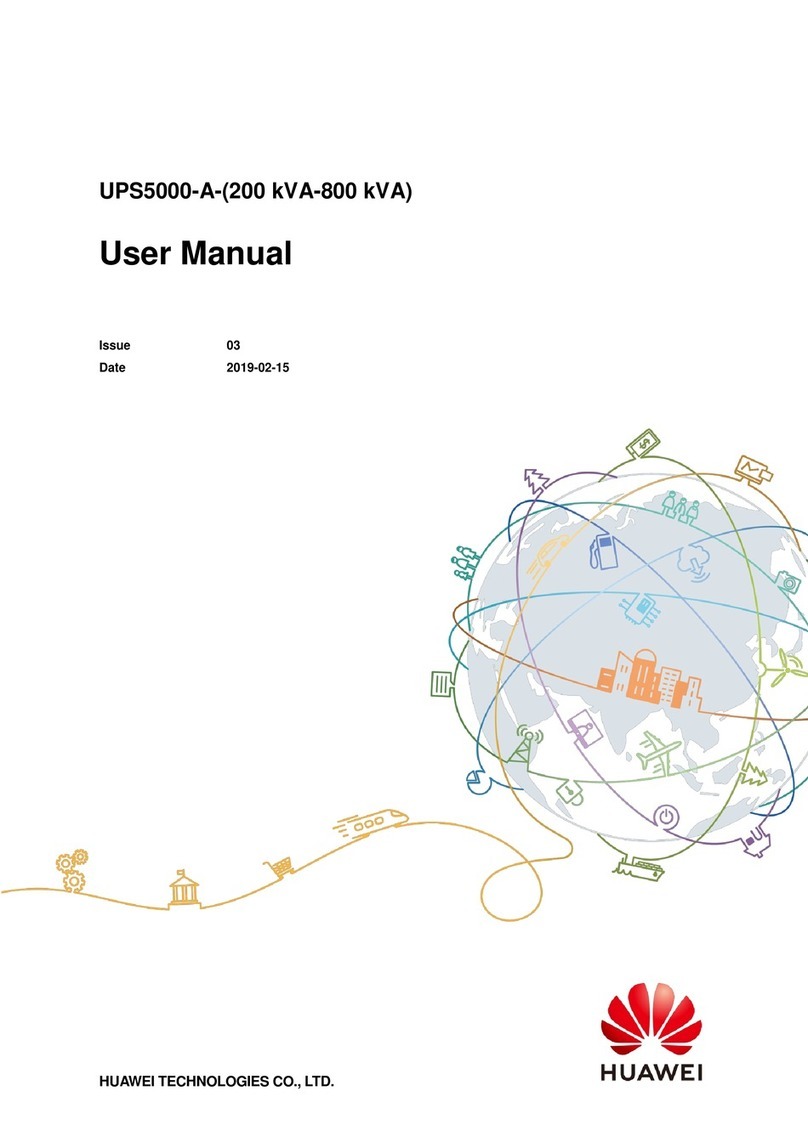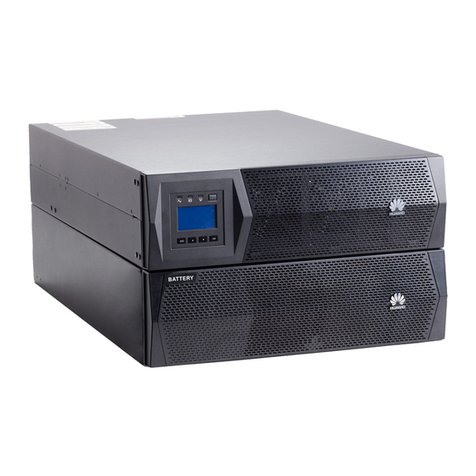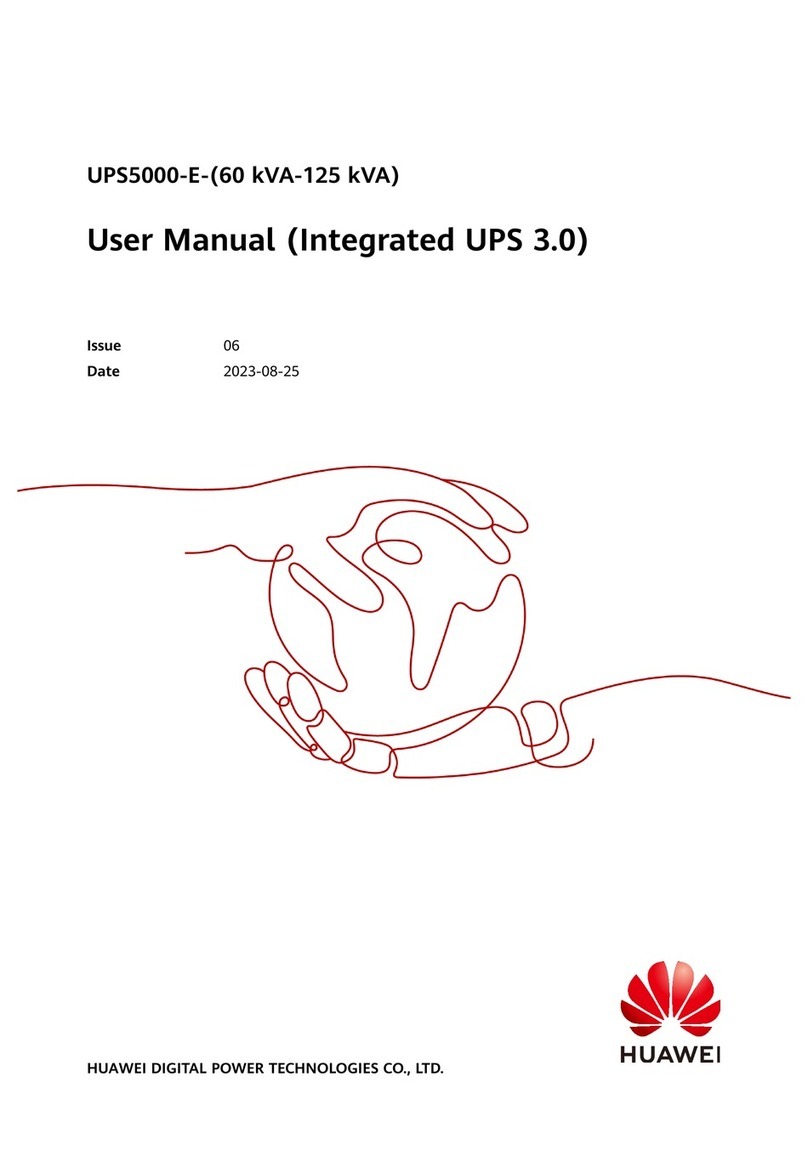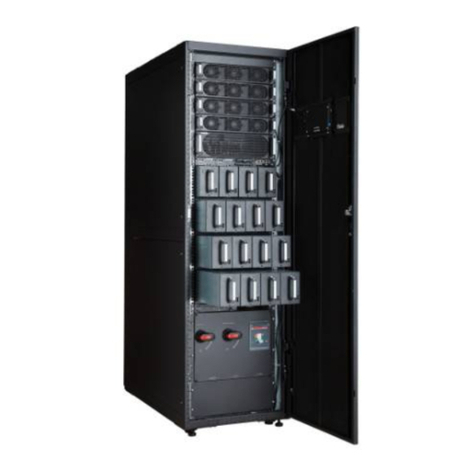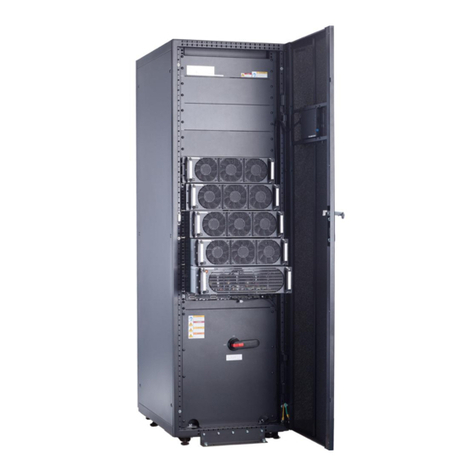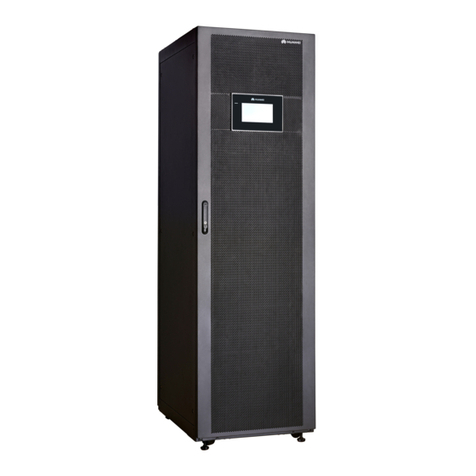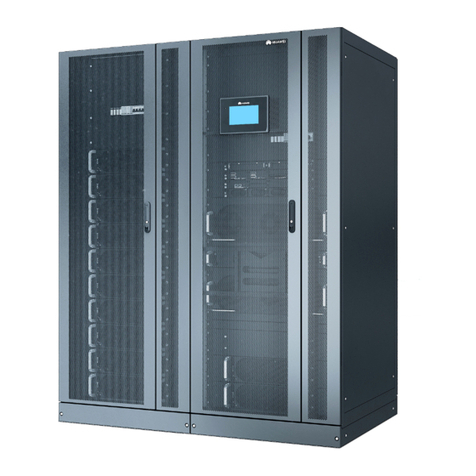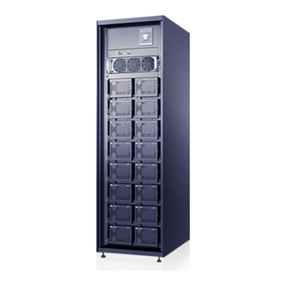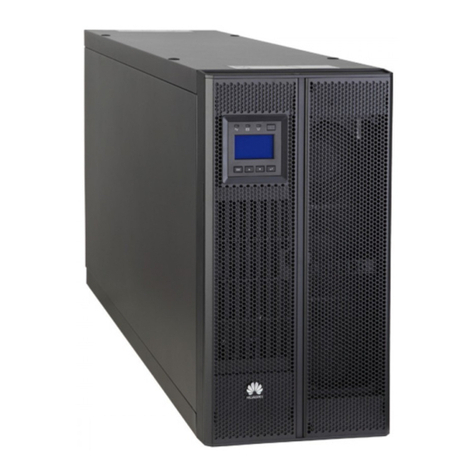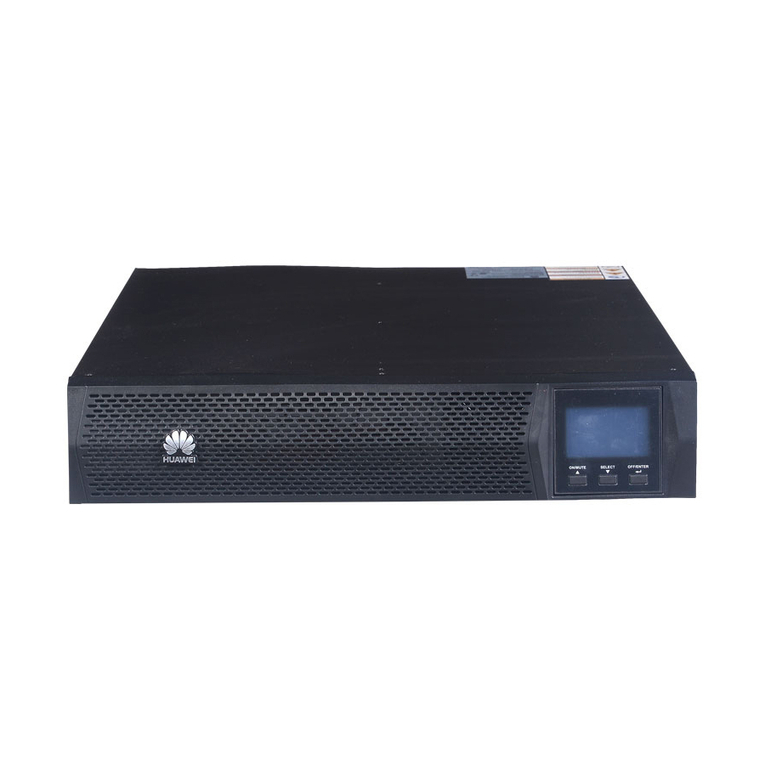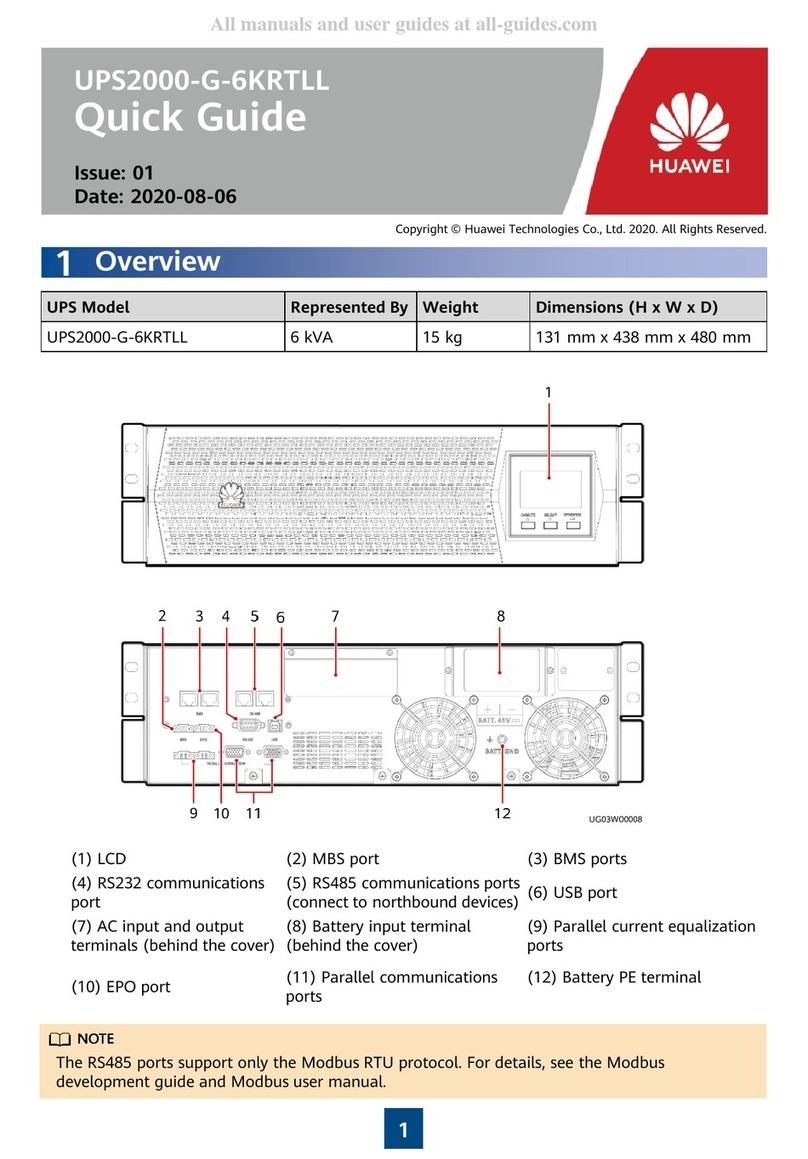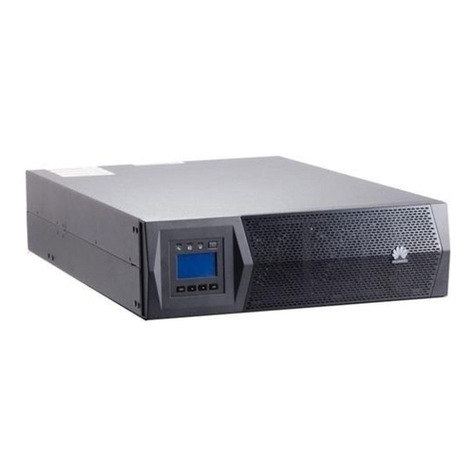
UPS5000-E-(25 kVA-75 kVA)-BF
User Manual
Copyright © Huawei Technologies Co., Ltd.
2.4 Typical configurations ................................................................................................................................................41
2.4.1 Single UPS...............................................................................................................................................................41
2.4.2 N+X Parallel System ...............................................................................................................................................42
2.4.3 Dual-Bus System .....................................................................................................................................................42
2.5 Optional Components.................................................................................................................................................43
3 Installation....................................................................................................................................44
3.1 Installation Preparations .............................................................................................................................................44
3.1.1 Site...........................................................................................................................................................................44
3.1.1.1 Weight and Dimensions........................................................................................................................................44
3.1.1.2 Installation Environment.......................................................................................................................................45
3.1.1.3 Installation Clearances..........................................................................................................................................46
3.1.2 Tools and Instruments..............................................................................................................................................46
3.1.3 Preparing Power Cables...........................................................................................................................................48
3.1.4 Unpacking and Checking.........................................................................................................................................51
3.2 Installing a Single UPS...............................................................................................................................................54
3.2.1 Installing the Cabinet...............................................................................................................................................54
3.2.2 Installing Optional Components ..............................................................................................................................58
3.2.2.1 Installing Antiseismic Kits....................................................................................................................................58
3.2.2.2 IP21 component....................................................................................................................................................60
3.2.2.3 Installing a Top Outlet Kit ....................................................................................................................................60
3.2.2.4 Connecting an Ambient T/H Sensor .....................................................................................................................66
3.2.3 Routing Cables.........................................................................................................................................................67
3.2.3.1 UPS Cable Connection Reference ........................................................................................................................67
3.2.3.2 Bottom Cable Routing ..........................................................................................................................................68
3.2.4 Remote EPO ............................................................................................................................................................79
3.2.5 Connecting Communications Cables.......................................................................................................................80
3.2.6 (Optional) Installing a Battery Cabinet....................................................................................................................80
3.3 Installing a Parallel System.........................................................................................................................................81
3.3.1 Installing the UPSs ..................................................................................................................................................81
3.3.2 Connecting Power Cables........................................................................................................................................82
3.3.3 Connecting Signal Cables........................................................................................................................................85
3.4 Installing Batteries......................................................................................................................................................87
3.5 Installation Verification...............................................................................................................................................93
4 User Interface...............................................................................................................................99
4.1 LCD Interface.............................................................................................................................................................99
4.1.1 LCD Menu...............................................................................................................................................................99
4.1.1.1 Menu Hierarchy....................................................................................................................................................99
4.1.1.2 Initial Startup ........................................................................................................................................................99
4.1.1.3 Main Menu screen ..............................................................................................................................................100
4.1.2 System Info Screen................................................................................................................................................102
4.1.2.1 Module Data Screen............................................................................................................................................102
